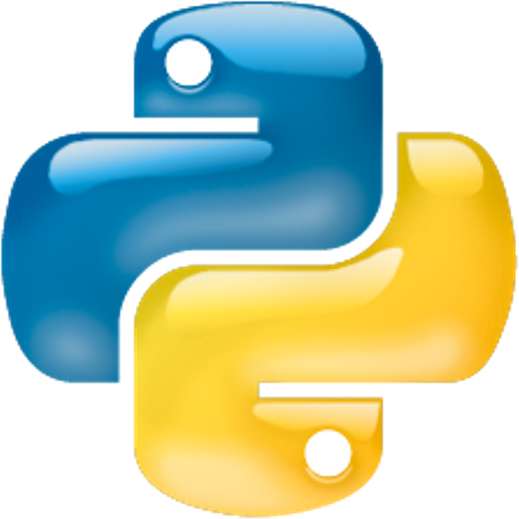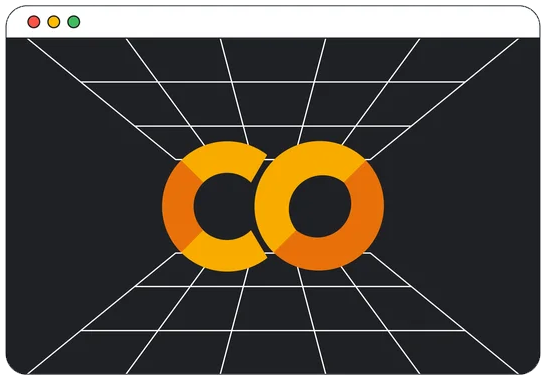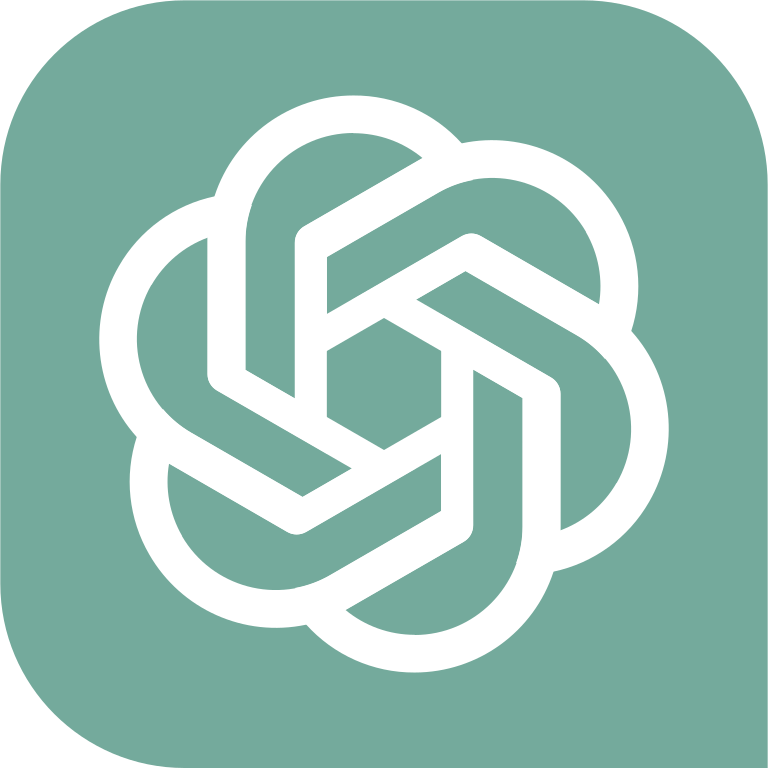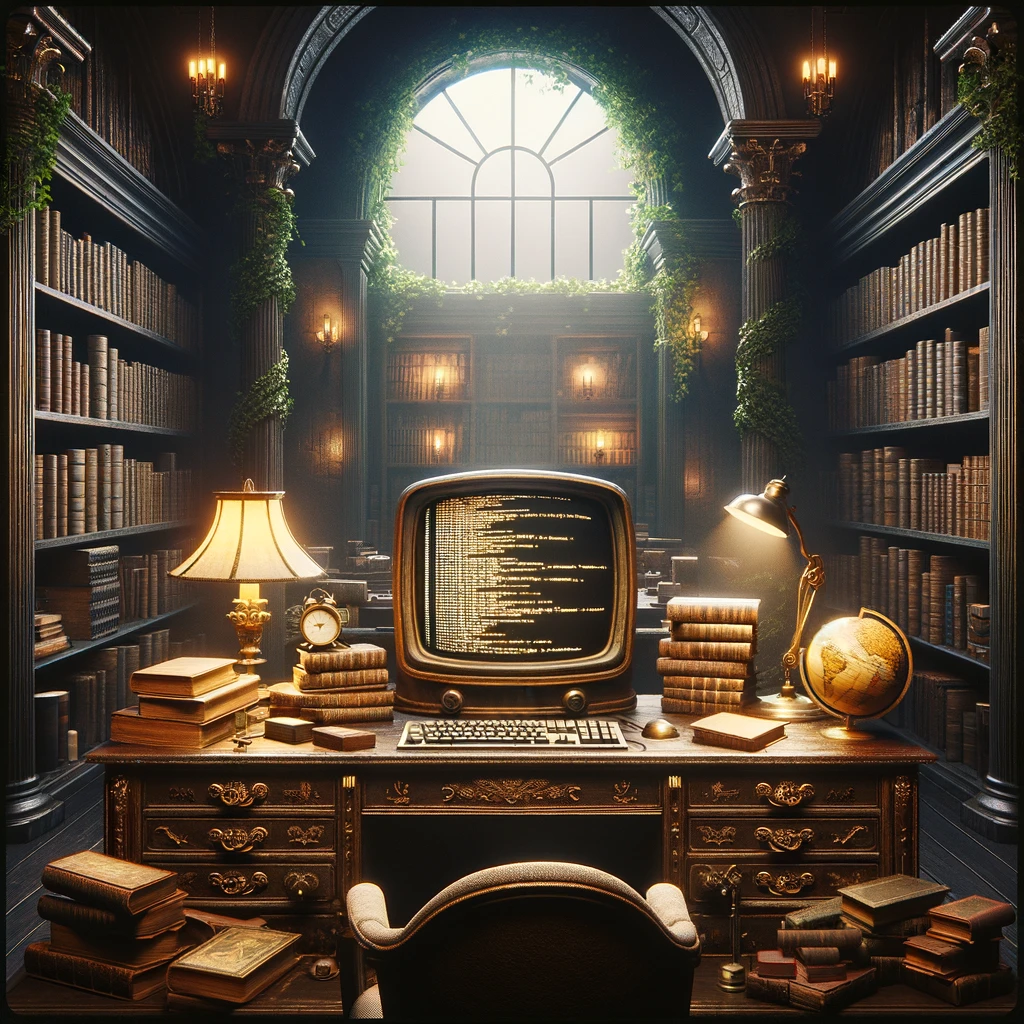Table of Contents » Chapter 5 : Disciplines : Communication
Communication
Overview
The field of Communication in the humanities and Python programming intersect in various profound ways, particularly in the digital age where communication is overwhelmingly mediated by technology. Python, with its simplicity and wide array of libraries and tools, becomes an effective vehicle for analyzing and interpreting this complex realm of human communication. From sentiment analysis and natural language processing that aid in understanding and predicting human discourse, to web scraping tools that gather data for studying communication trends, Python plays an integral role in shaping and advancing the study of communication. Furthermore, visualization libraries in Python help to represent complex communication data in more comprehensible ways. This intersection not only allows for more nuanced and large-scale analysis of human communication but also enables the creation of tools like chatbots and machine translation systems that are directly involved in mediating communication. Consequently, Python programming has become an essential skill for communication scholars in the modern era.
- Text Analysis: Python's Natural Language Processing (NLP) libraries like NLTK, SpaCy, or TextBlob can be used for text analysis, sentiment analysis, or topic modeling. This can help researchers understand key themes, sentiments, and trends in communication texts, whether they be books, articles, social media posts, or transcriptions of speeches.
- Data Visualization: Libraries like Matplotlib, Seaborn, and Plotly enable the creation of various types of graphs and charts. This can be used for effectively communicating research findings or demographic information, among other data.
- Social Network Analysis: Packages like NetworkX can be used to create and analyze social networks, potentially revealing patterns and key actors in communication networks.
- Web Scraping: With modules like Beautiful Soup and Scrapy, Python can gather data from the web, such as news articles, blog posts, and forum threads, which can then be analyzed.
- Chatbots: Python is often used in the creation of chatbots, which can simulate conversation with users. This is a growing field within communication studies, as it can influence how companies and organizations interact with their audiences.
- Discourse Analysis: By combining NLP techniques and machine learning, Python can be utilized to perform discourse analysis, studying written or spoken language in a social context.
- Corpus Linguistics: Python can be used to handle large corpora of text, allowing researchers to investigate the use of language at a scale that would not be possible manually.
- Media Analysis: Python can be utilized to analyze various types of media, including video and images, with libraries such as OpenCV. This can include, for example, studying patterns in visual communication.
- Speech Recognition and Generation: Libraries like SpeechRecognition and gTTS (Google Text-to-Speech) allow Python to transcribe spoken language to text and vice versa, which can be helpful in various communication contexts.
- Data Gathering and Cleaning: Python's Pandas library is often used to gather, clean, and analyze data, which is crucial in any form of research, including in communication studies.
- Machine Translation : Libraries like Googletrans can be used to automatically translate text between different languages, potentially facilitating communication between different linguistic communities.



